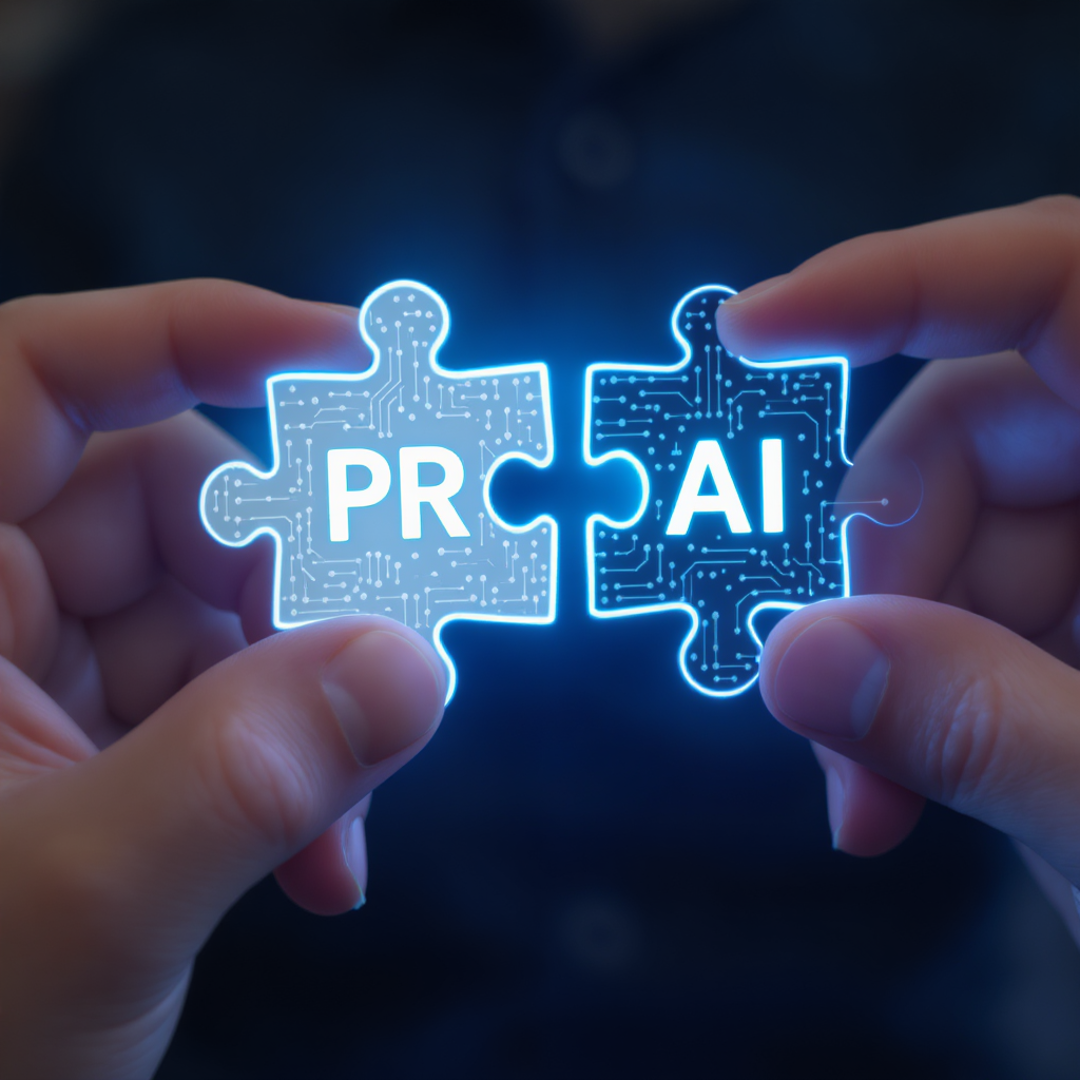How to Effectively Monitor Social Media
 On 26 July, 2025
On 26 July, 2025

Social media monitoring has become essential for companies seeking to manage their online reputation, keep an eye on competitors, and identify market trends. This practice of social listening allows you to continuously collect and analyze conversations and mentions related to a brand or industry sector. Setting up effective monitoring requires clearly defined objectives, targeting the right social media platforms, and thoroughly analyzing data to extract strategic insights.
Contents:
-
The fundamentals of social media monitoring
-
Establishing an effective monitoring strategy
-
Analyzing and leveraging collected data
The Fundamentals of Social Media Monitoring
Definition and Objectives
Social media monitoring involves continuously tracking conversations and mentions related to your brand, products, or industry on social platforms. This social listening practice enables you to gather valuable information to:
-
Manage your online reputation by analyzing how internet users perceive your brand. This allows you to quickly detect potential issues and take the necessary steps to protect your image.
-
Understand your customers’ expectations and needs by studying their reactions and feedback on your products and services. These insights will help you evolve your offering and improve the customer experience.
-
Identify emerging market trends by spotting topics and content that generate the most engagement. You can then adapt your marketing and communication strategies to stay relevant.
-
Benchmark your brand against competitors by comparing your online presence and influence. This competitive data will help you adjust your positioning to stand out.
Benefits for the Company
Social media monitoring offers numerous advantages for businesses:
-
Crisis anticipation: By monitoring online conversations, a company can detect early signs of a potential crisis and respond before the situation escalates.
-
Opportunity detection: Monitoring helps identify new consumer trends and expectations, paving the way for product innovation or entry into new markets.
-
Better customer knowledge: By analyzing customer feedback, behaviors, and reactions on social networks, companies can refine their targeting and adapt their offerings.
-
Competitive benchmarking: Tracking competitors’ communications and reputations helps adjust your positioning and draw inspiration from market best practices.
Establishing an Effective Monitoring Strategy
Define Your Objectives and Scope
To implement effective and relevant monitoring, it is crucial to clearly define your objectives and scope from the outset:
1- Clarify your monitoring objectives:
- Track your online reputation and brand image
- Monitor competitors and your market
- Identify new trends and opportunities
- Analyze customer needs and expectations
2- Define your monitoring scope:
- List the relevant topics and keywords to track
- Select key information sources (social networks, websites, press, etc.)
- Target priority languages and geographic areas
3- Adapt your resources:
- Estimate the time and human resources required
- Choose the right automated monitoring tools
- Form a dedicated team and assign roles
By precisely structuring your monitoring system from the start, you’ll be able to collect the most useful data for your strategy without spreading yourself too thin. Regularly reassess your parameters and adjust them as needed. Well-defined monitoring will be your best ally for informed decision-making!
Choose the Right Monitoring Tools
Implementing effective social media monitoring relies on using the right tools. Here’s an overview of the main categories available:
- Free monitoring tools: Solutions like Google Alerts, Talkwalker Alerts, or Mention allow you to track mentions of your brand or keywords on the web and social networks for free. These are practical for getting started but remain limited in features.
- General paid tools: Platforms like Hootsuite, Agorapulse, or Sprout Social offer advanced monitoring, data analysis, and reporting functions. They let you centralize the monitoring of multiple networks and analyze your audience and content performance in depth.
- Dedicated social listening solutions: Tools such as Talkwalker or Synthesio specialize in listening to social media conversations. They identify trends, influencers, and sentiment associated with your brand using powerful algorithms.
- Integrated PR management platforms: Solutions like Wiztrust PR go further by centralizing all aspects of communication: newsrooms, SEO, CRM, emailing, social networks, press monitoring, and more. They optimize PR management, audience engagement, and media coverage.
Your choice of tool will depend on your objectives and resources. Free solutions are sufficient for basic monitoring. General platforms are a good compromise for SMEs. Large organizations will prefer integrated tools to professionalize their monitoring.
Establish a Monitoring Process
An effective monitoring process consists of three key steps:
- Collecting relevant information: Continuously monitor sources identified as strategic—social networks, websites, blogs, forums, online press, etc. The goal is to spot weak signals, emerging trends, and any information useful to your business.
- Analyzing and synthesizing data: Once raw information is collected, it must be sorted, cross-referenced, and analyzed to extract added value. Text mining and semantic analysis tools can help automate part of this step and identify key insights.
- Disseminating results to stakeholders: Finally, monitoring information must be delivered in a concise and actionable format to decision-makers. Regular reports, alerts, and newsletters enable effective sharing of monitoring results within the company.
By structuring your monitoring process in this way, you ensure that the flow of information from the web and social networks is transformed into strategic knowledge that can guide your decisions.
Analyzing and Leveraging Collected Data
Identify Key Information
Tracking the right metrics is essential to analyze your social media presence’s performance. The number of fans or followers indicates the size of your community but does not alone reflect audience quality.
The engagement rate—the number of likes, comments, and shares relative to the total number of fans—is a much better indicator of how engaging your posts are. The higher your engagement rate, the more relevant and appreciated your content.
Monitoring the evolution of reach, i.e., the number of people exposed to your posts, lets you measure your messages’ impact. Comparing organic (natural) and paid (sponsored) reach helps you balance your advertising budget.
Finally, analyzing the impressions generated by each post—how many times it appears in news feeds—provides insights into your most viral content and the best times to post. Cross-reference these key metrics with your audience’s sociodemographic profile to better target your messages.
Interpret Trends
"Thoroughly analyze data to extract strategic and tactical insights." This is the essence of interpreting trends from your social media monitoring.
To turn raw data into actionable insights, focus on these key points:
-
Identify recurring topics: What themes, keywords, and hashtags come up most when people talk about you? This reveals your audience’s main interests.
-
Analyze sentiment: Beyond the numbers, what is the tone of the conversations—positive, negative, neutral? Dig into the reasons behind these opinions to identify areas for improvement.
-
Compare data over time: Tracking the evolution of your key indicators (mentions, reach, engagement, etc.) reveals underlying trends. Put these in perspective with your actions to measure their impact.
-
Cross-reference your sources: Behaviors differ across social platforms. Compare your observations to get a more complete view of your audiences’ expectations on each network.
Your goal: turn these trends into concrete levers to optimize your content strategy, customer relationships, or future products and services. This is how social monitoring becomes a powerful decision-making tool, closely aligned with market needs.
Share Insights Internally
Sharing social monitoring results within the company is essential. However, simply distributing raw data is not effective.
The key is to synthesize relevant insights for each department. Marketing needs consumer trends. R&D wants to know about product expectations. Customer service is interested in user feedback.
By tailoring the content and format of reports to each internal audience, teams will better embrace the monitoring findings. Regular meetings also allow for more interactive discussions.
Social media monitoring has become an indispensable tool for any company wishing to manage its online image and anticipate market developments. By methodically collecting and analyzing social media conversations, you’ll be able to quickly identify emerging trends, customer expectations, and business opportunities. Leading brands have understood this well and integrated social listening at the heart of their digital strategy—for example, Crédit Agricole, which, thanks to the Wiztrust PR solution, optimized its communication management across all channels. Don’t wait any longer to set up your monitoring system and get ahead of your competitors!



 6 min
6 min
